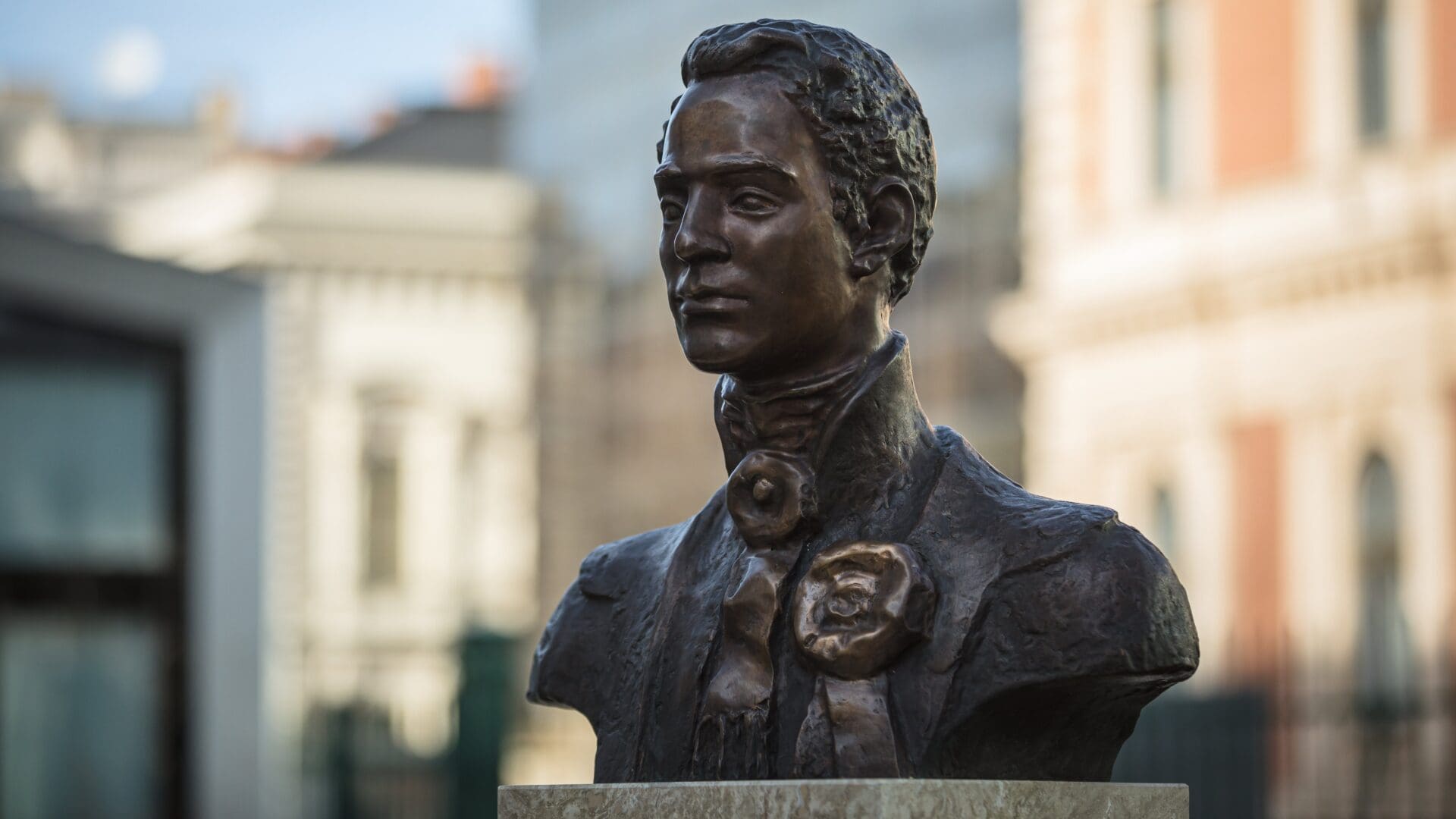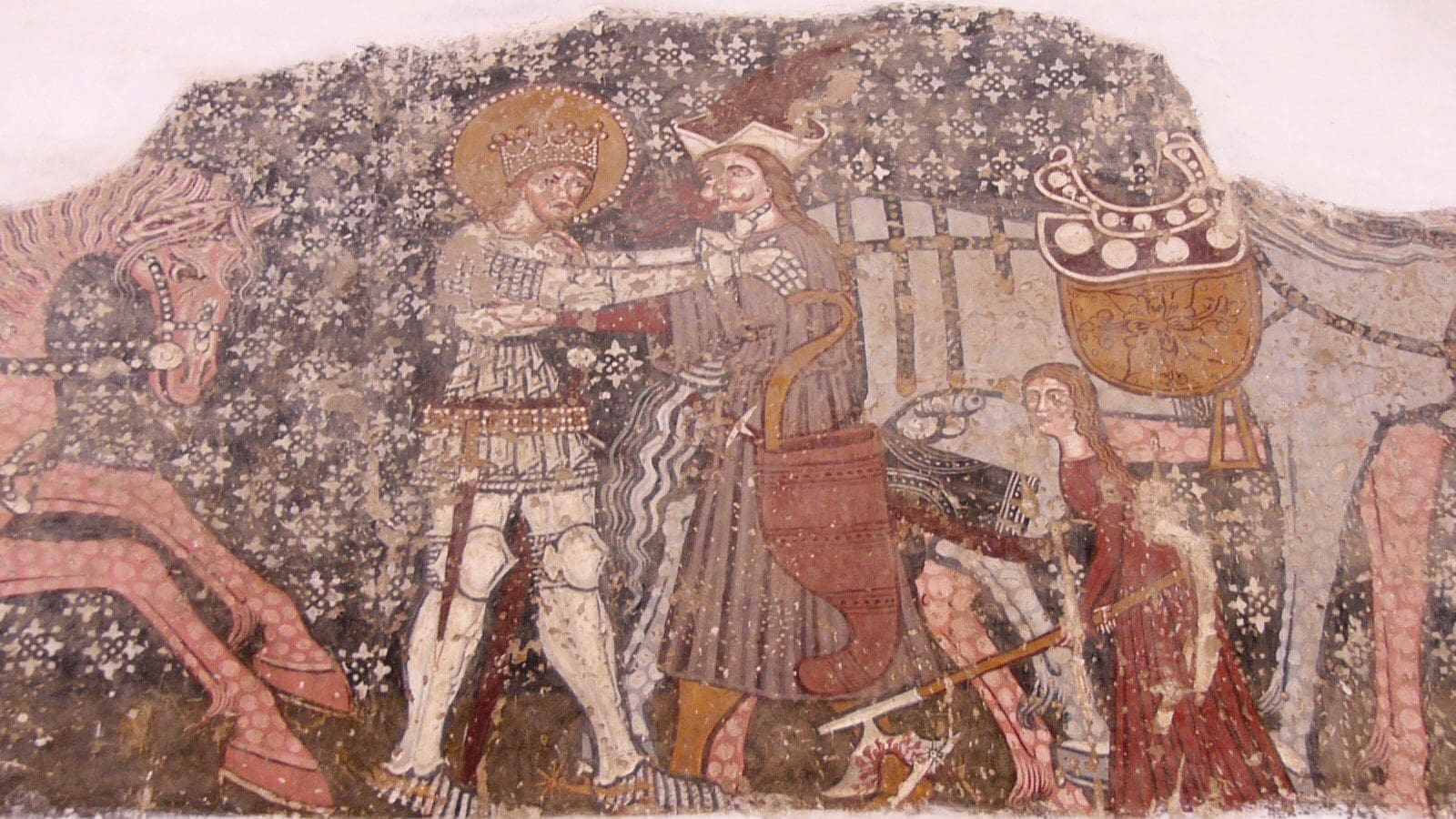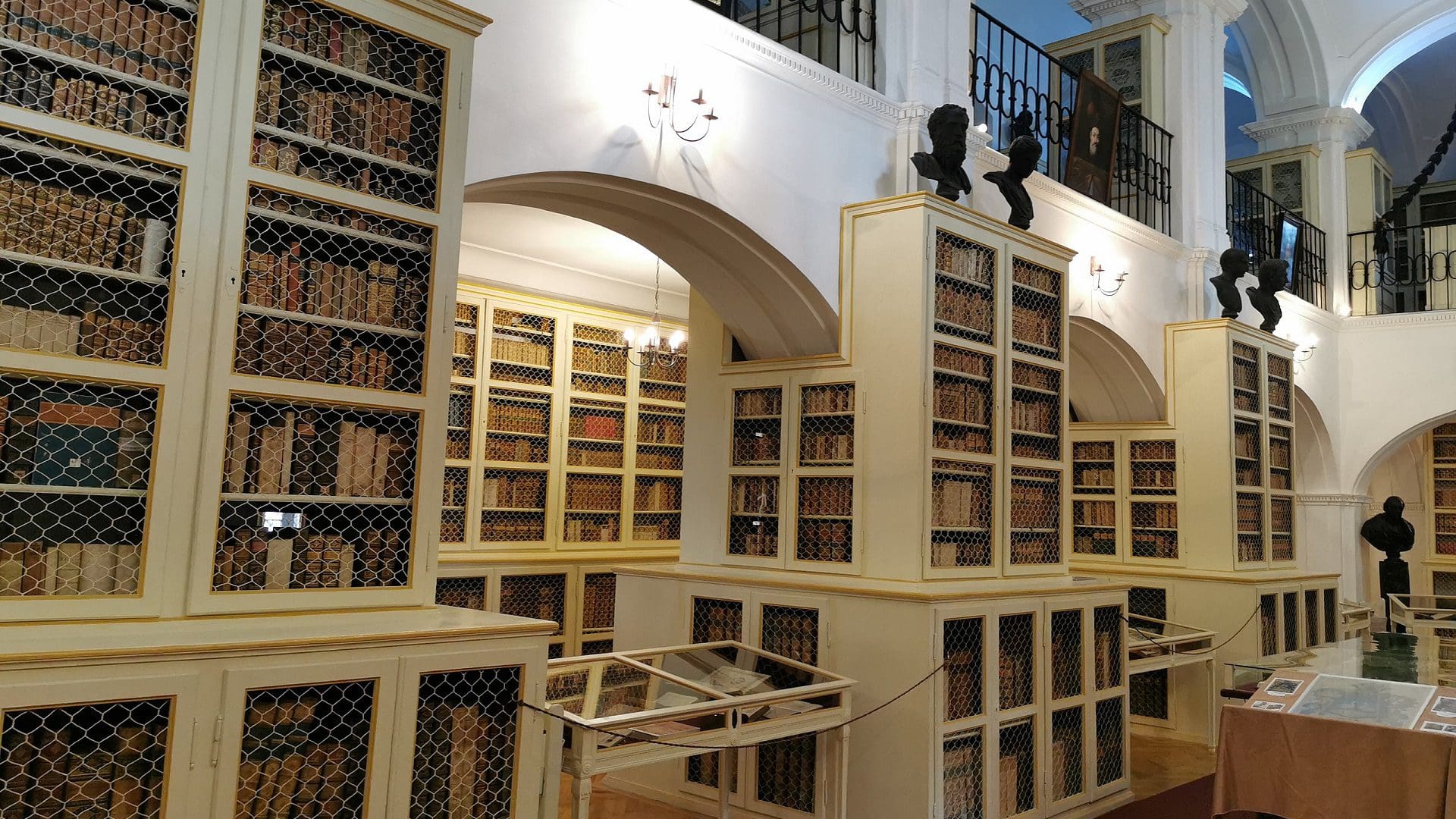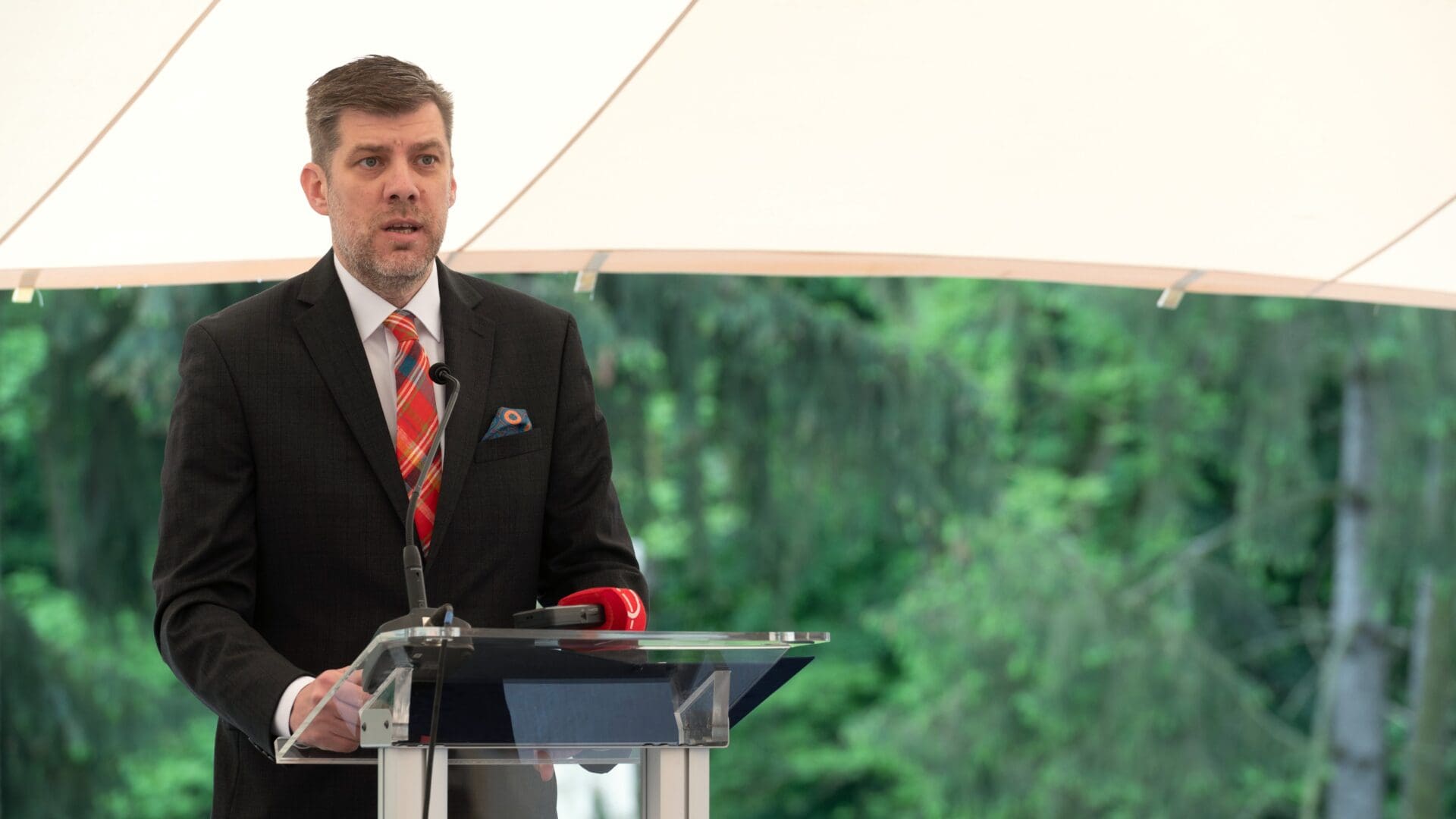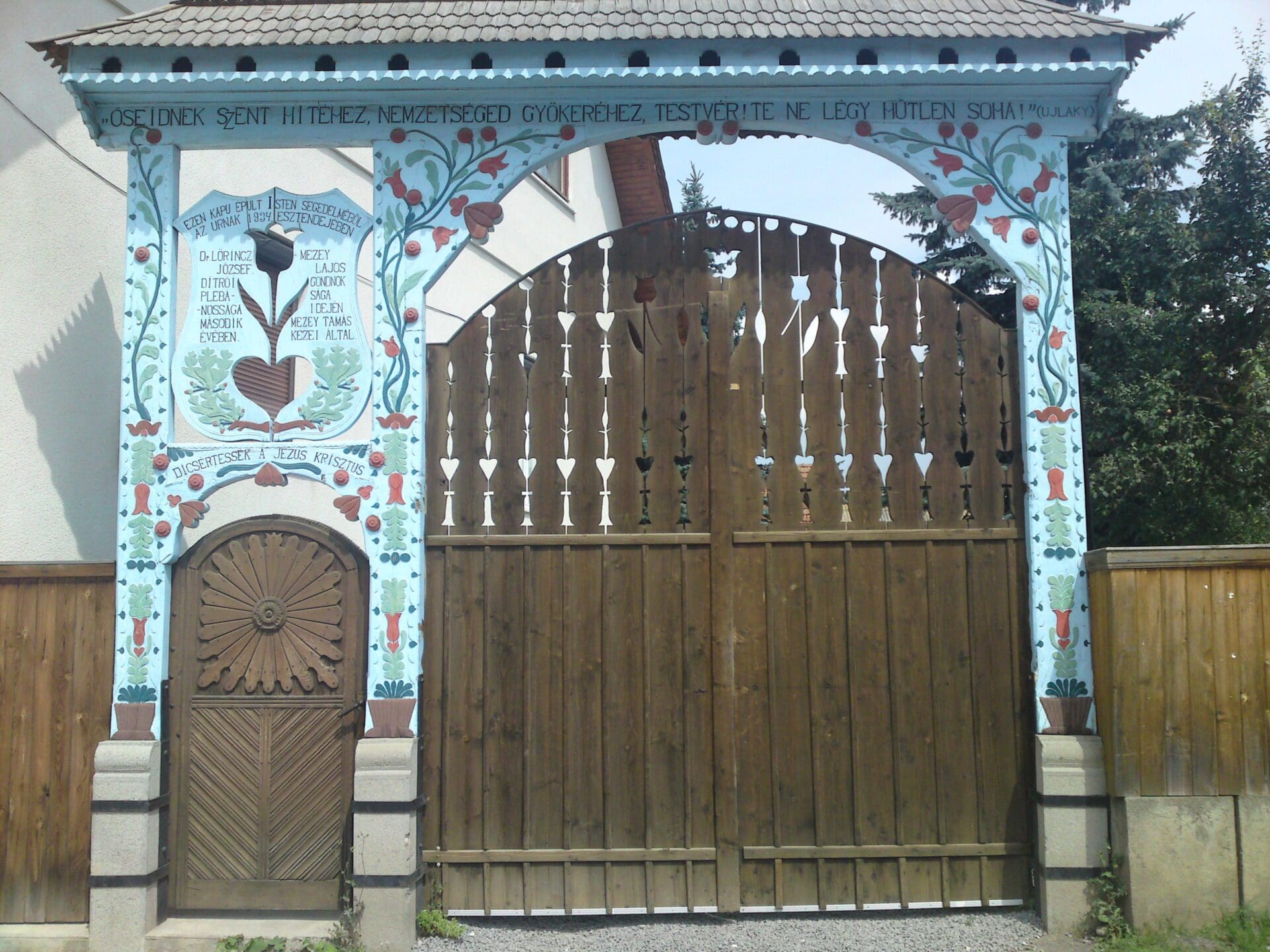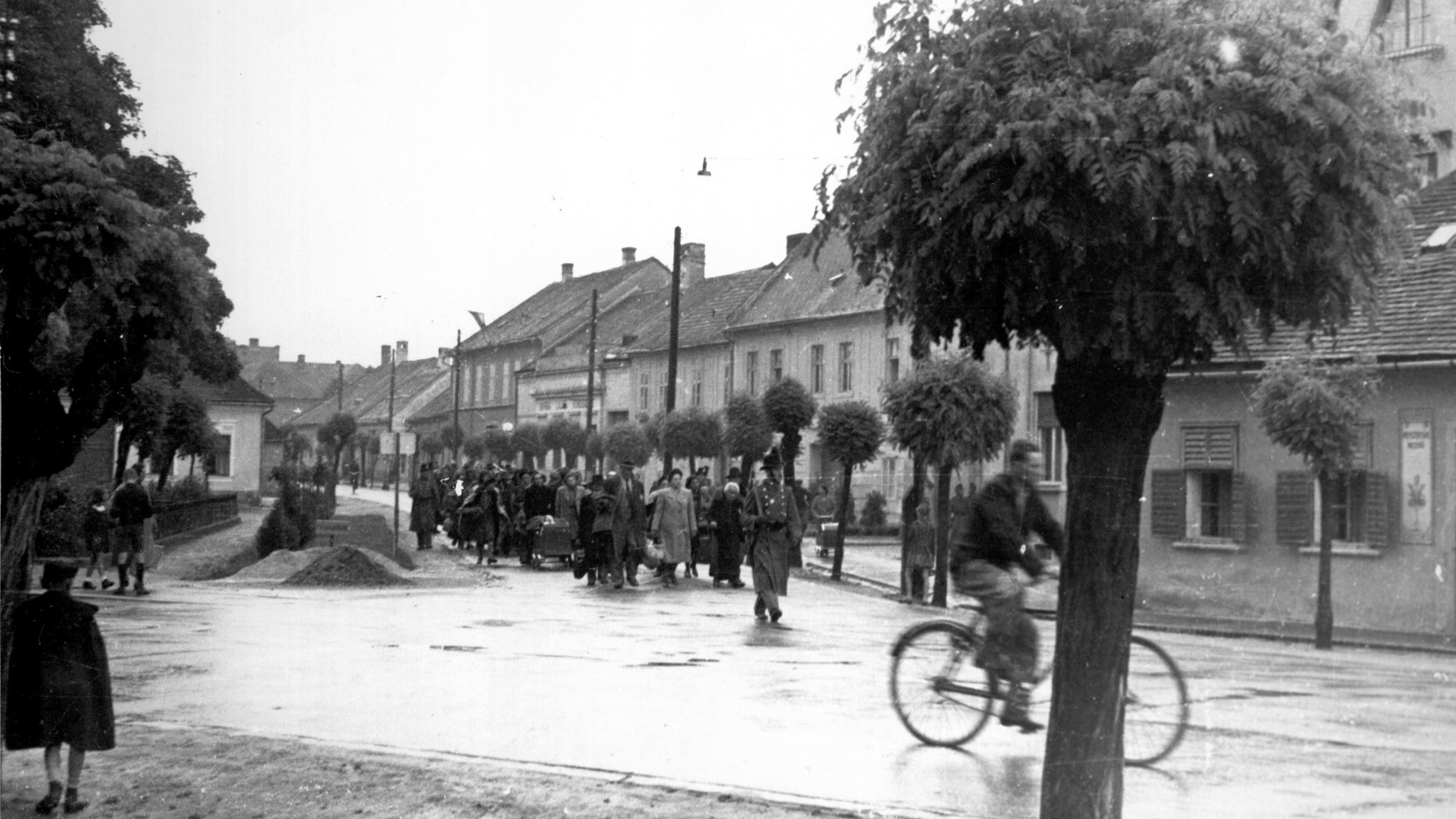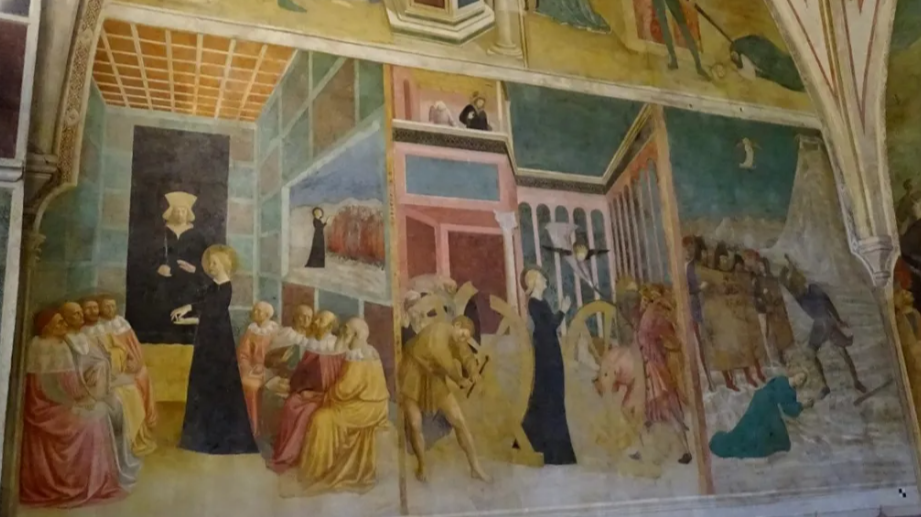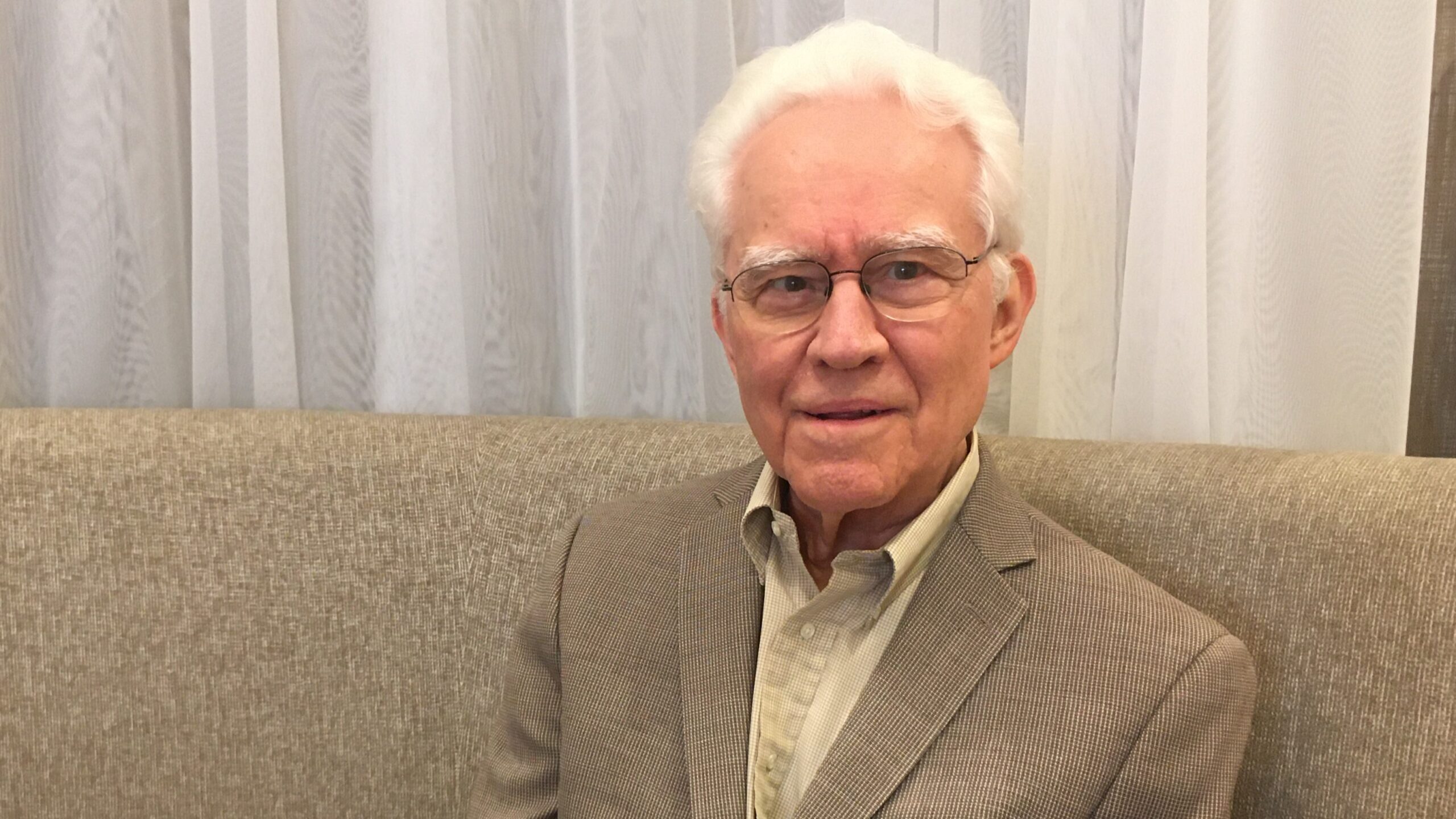
A Hungarian Boy From Transylvania in the World of Romanian Football Under the Ceaușescu Regime
István András Kiss spent many years playing for the Kolozsvár (Cluj) team CFR; he even won the national youth league with their youth team in 1985. In this interview he speaks about what it was like to be an ethnic Hungarian football player in Communist Romania, where ‘class warfare and chauvinism could easily co-exist’.

